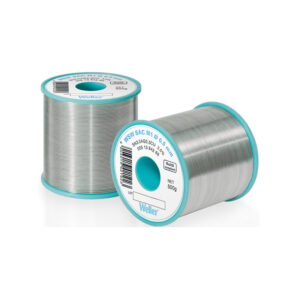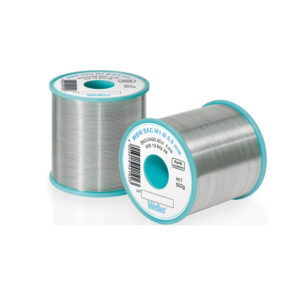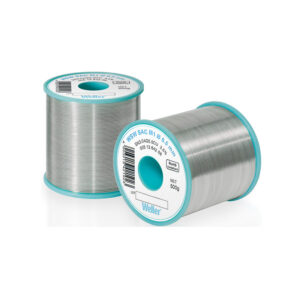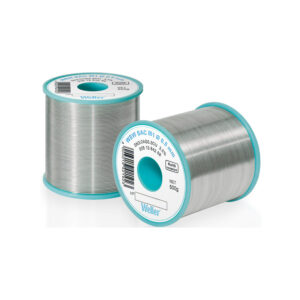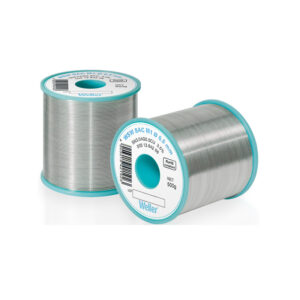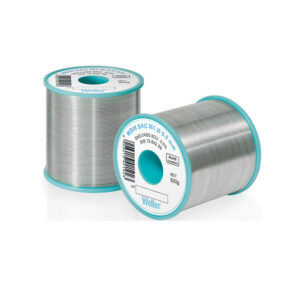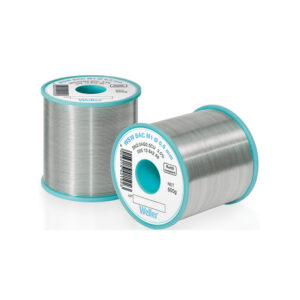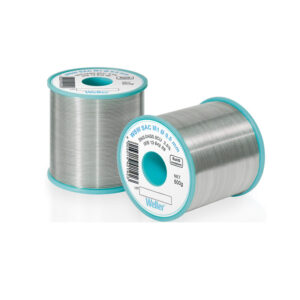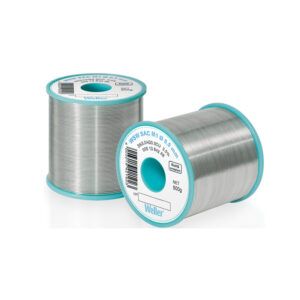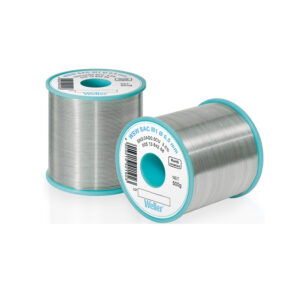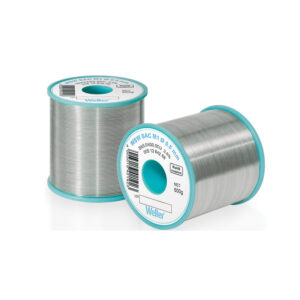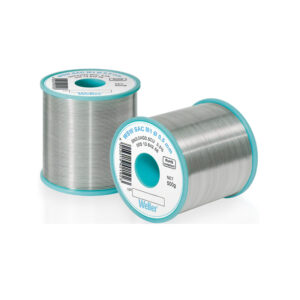Lead free Solder Wires
Environmentally Friendly Solutions for Electronics
With increasing environmental concerns, lead-free soldering wire has become a significant focus for companies manufacturing electronics equipment. Traditional solder, composed of 63% tin and 37% lead, posed environmental risks due to lead contamination. As a result, legislation worldwide has driven the shift to lead-free soldering.
Why Lead-Free Soldering Wire?
- Environmental Impact: Lead, a major constituent of traditional solder, can contaminate groundwater supplies when electronic equipment is disposed of in landfill sites. The shift to lead-free solder helps mitigate this risk.
- Legislation: In regions like the EC, the WEEE (Waste from Electrical and Electronics Equipment) Directive has emphasized the importance of lead-free soldering technology. This directive, aimed at recycling, also includes clauses banning lead in certain electrical and electronic equipment categories.
Benefits of Lead-Free Soldering Wire
- Reduced Environmental Footprint: Using lead-free solder reduces the environmental impact of electronic waste.
- Compliance: Meets global regulations and standards for electronic manufacturing.
- Safety: Safer for workers handling soldering materials and for end-users of electronic products.
Applications of Lead-Free Soldering Wire
Lead-free soldering wire is crucial across various industries, including:
- Electronics Manufacturing: Used in the production of computers, telecommunications equipment, and consumer electronics.
- Medical Devices: Ensures safety and compliance in medical electronics.
- Automotive: Integral for electronic components in vehicles.
Why Choose Our Lead-Free Soldering Wire?
Our lead-free soldering wire is designed to meet the highest quality standards, providing reliable and environmentally friendly solutions for your electronic projects. Whether you’re manufacturing complex electronics or simple circuit boards, our soldering wire ensures optimal performance and compliance with international regulations.
Showing 13–24 of 28 results

